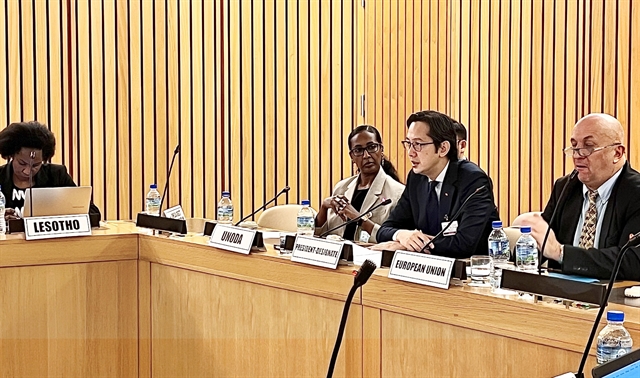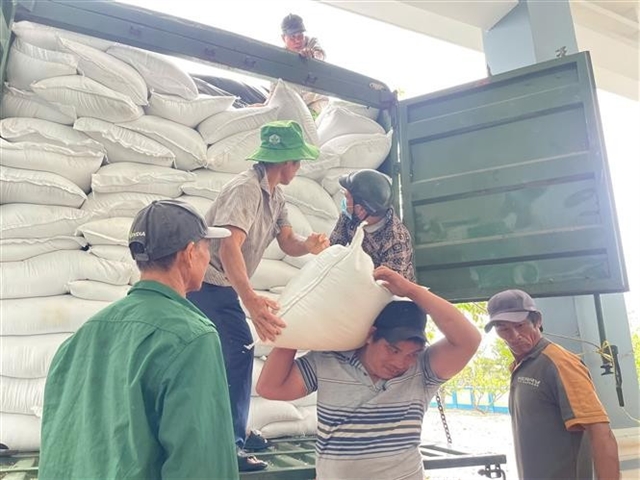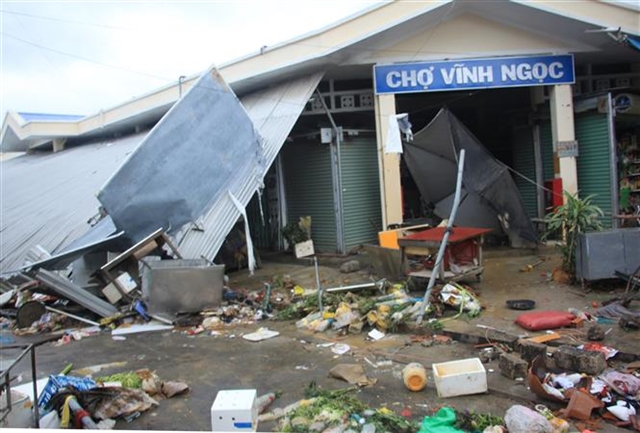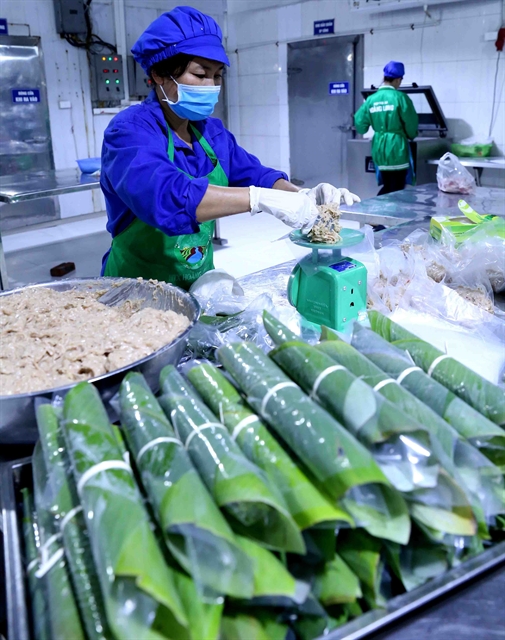 Economy
Economy
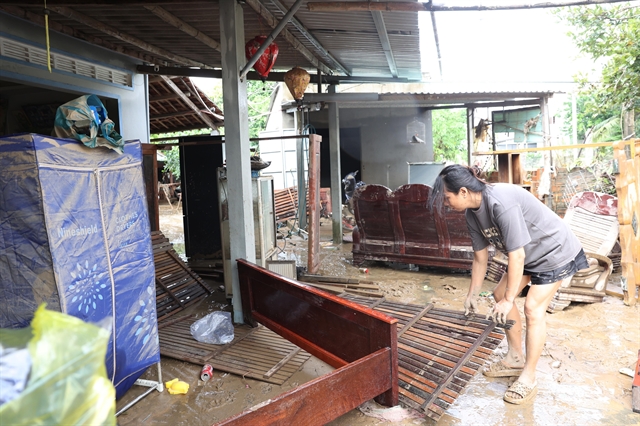
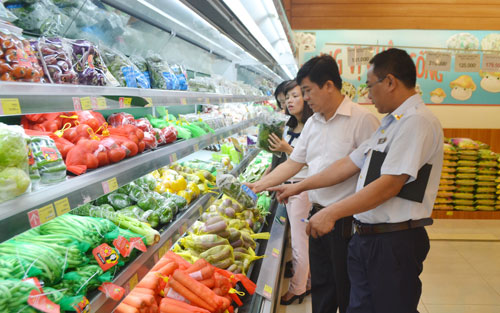 |
| Inspectors check food in a supermarket in Hà Nội. —Photo thanhtra.vn |
HÀ NỘI — The Ministry of Health’s Việt Nam Food Administration has implemented substantial reforms in food safety inspections for imported goods, particularly by cutting down the number of items requiring state inspection before clearance.
Since 2021, the Ministry of Health has issued two significant circulars, reducing by over 50 per cent the number of product lines requiring state inspection on food safety.
By 2024, the Ministry issued circular No.15/2024/TT-BYT, outlining the list of foods, food additives and packaging materials subject to food safety inspection upon import.
Only 398 product lines, classified into three main product groups, now require State inspection. This reduction has streamlined administrative procedures, shortened customs clearance times and lowered costs for importing businesses.
To ensure food safety while saving time and costs, inspection agencies have also processed 100 per cent of food safety inspection procedures through the National Single Window System. For many product categories, inspections now take just one to three hours.
According to Trần Việt Nga, Director of theViệt Nam Food Administration, the reduction in the number of product lines requiring inspection helps businesses save compliance costs while minimising storage times and expenses associated with administrative procedures. This effort is part of the Ministry of Health’s initiative to simplify administrative processes and enhance Việt Nam’s business environment, particularly amid international integration.
In addition to reducing the number of product lines requiring inspection, the Ministry is transitioning from pre-clearance inspections to a post-clearance inspection model.
This new approach focuses on monitoring and inspecting goods after customs clearance, reducing the burden of inspections at the border. The model enhances management efficiency without disrupting the flow of goods.
Although the number of product lines subject to inspection has decreased, state inspection agencies will continue to coordinate closely with other relevant ministries and agencies to monitor and supervise imported food safety. This collaboration enables early risk detection and timely resolution of food safety issues. — VNS

